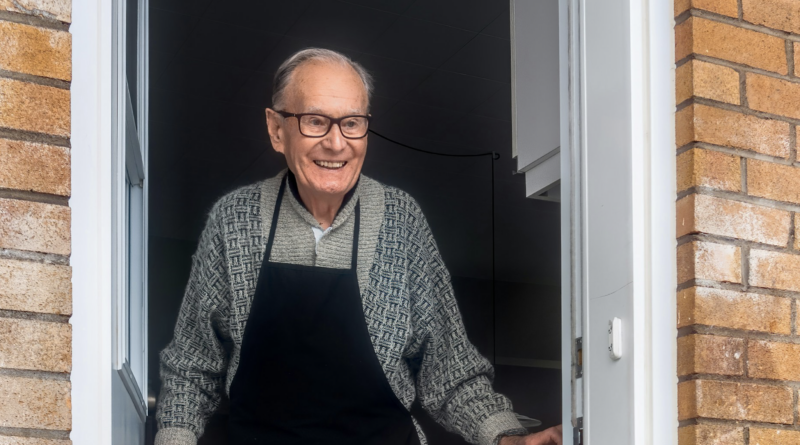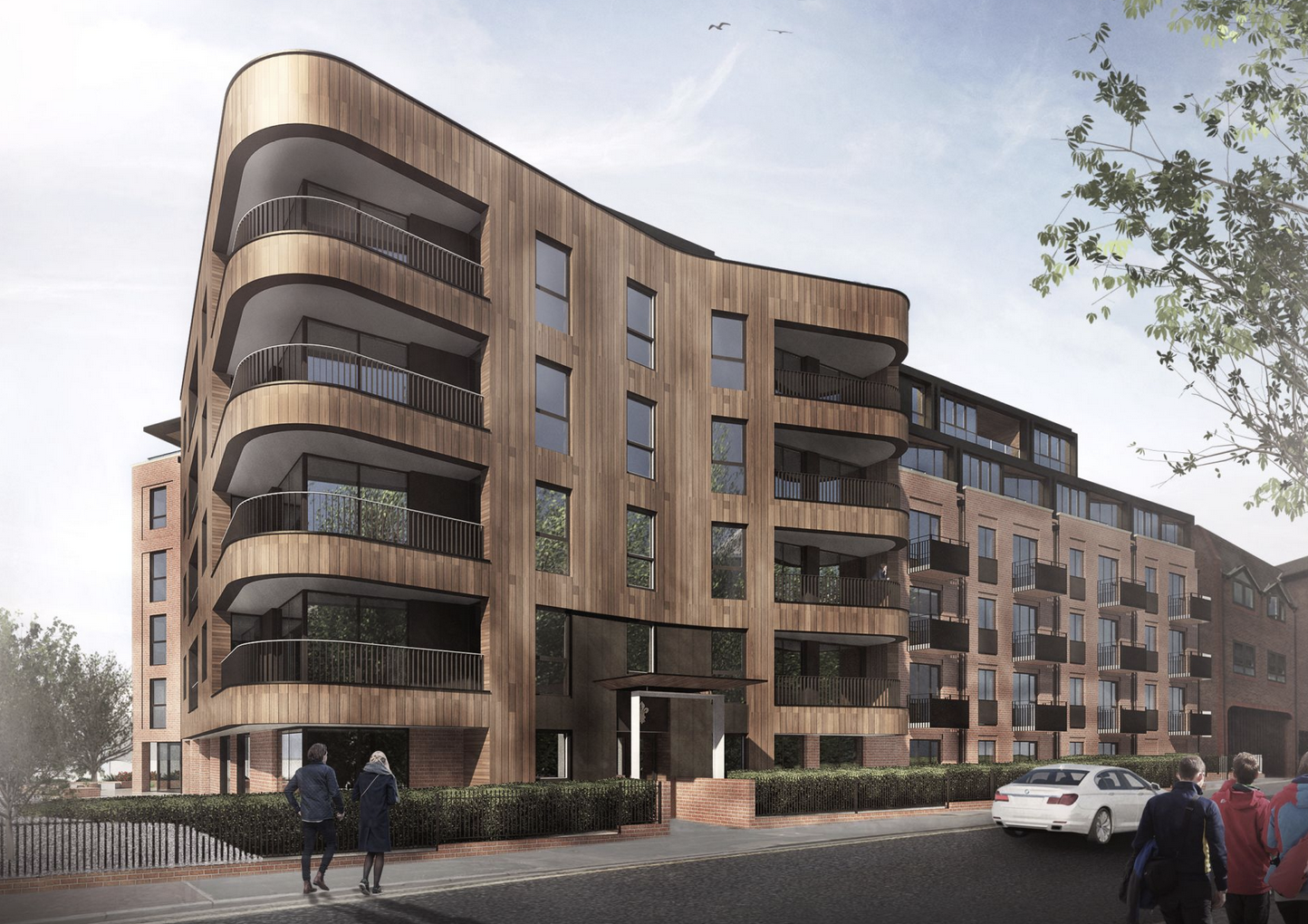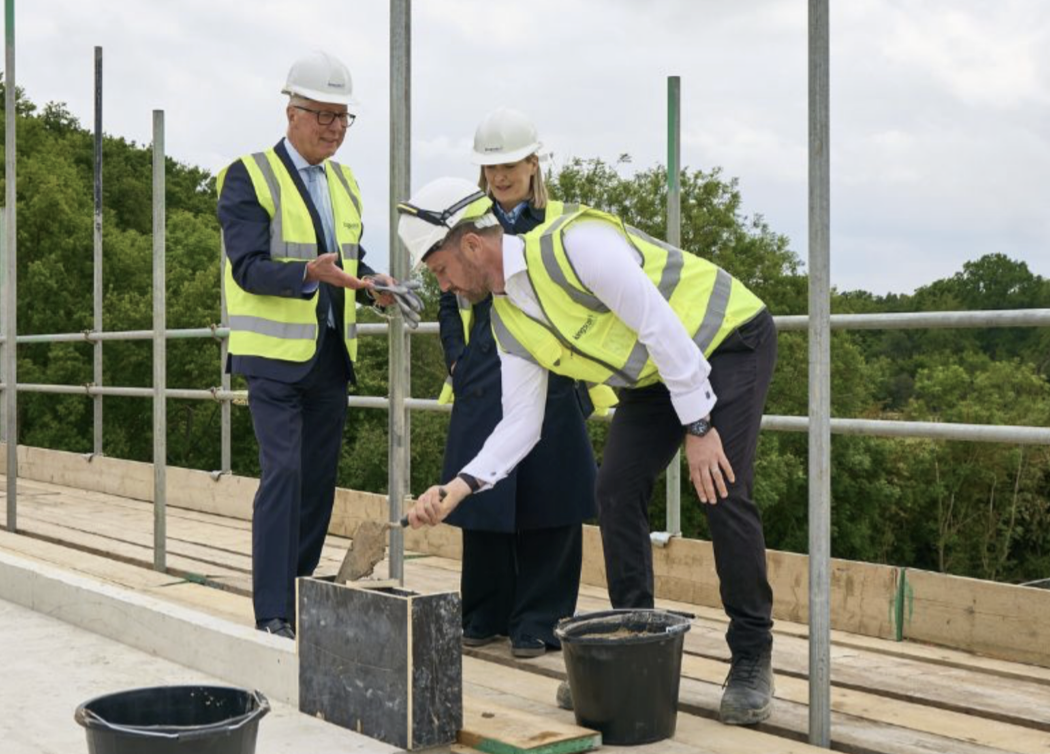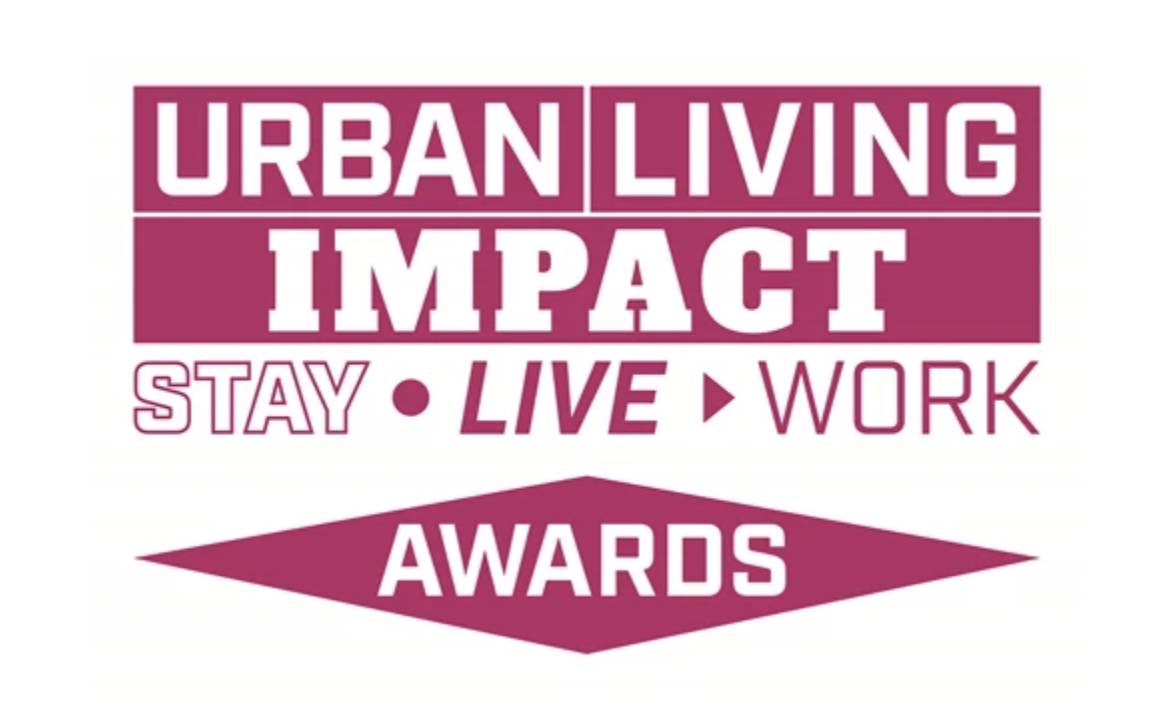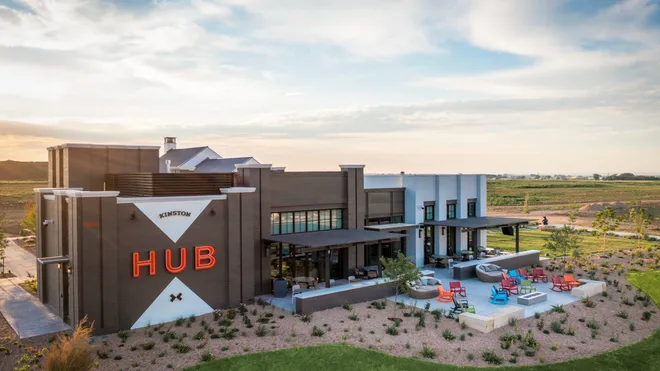Ali Powell of Commercial Acceleration looks at strategies to boost later living sales velocities and the crucial differentiation between sales and marketing.
Imagine a world where every potential resident finds the perfect home swiftly and seamlessly – sounds ideal, doesn’t it? In the later-living sector, speeding up the move-in process isn’t just about business – it’s about making life transitions smoother for people. It’s about ensuring that every individual finds comfort and care without unnecessary delays.
Improving sales velocity is crucial for maintaining healthy occupancy rates, achieving revenue goals, and enhancing the overall experience for residents and their families. Let’s explore how boosting sales velocity can benefit your later-living community and the residents you serve, along with some effective strategies to achieve this.
Understanding Sales Velocity
Sales velocity measures how quickly prospective residents move through your sales pipeline. In the later-living sector, it’s crucial for maintaining occupancy rates and efficiently using resources like staff time and facilities. It also eases transitions for residents and their families, reducing stress and enhancing their experience. Optimising sales velocity helps identify and address bottlenecks, improve efficiency, and boost revenue. Faster sales cycles mean quicker move-ins, steady cash flow, and a thriving community.
Effective Strategies:
1. Start Your Outreach Early
Begin outreach efforts well ahead of time (ideally 12-18 months before welcoming the first residents).
– Pre-Launch Events: Create excitement with pre-launch events. Invite potential residents, their families, and influential local figures to see what your community offers. Highlight unique features and amenities to leave a lasting impression. Consider hosting themed events or open days that showcase different aspects of community life (e.g., dining experiences, wellness programmes).
– Local Networking: Attend local networking events, chamber of commerce meetings, and industry conferences. Building relationships with professionals, estate agents, and healthcare providers can lead to valuable referrals.
2. Build Trust and Credibility
Trust is essential for potential residents and their families when choosing a later-living community.
– Community Involvement: Participate in local initiatives. Sponsor charity events, volunteer at elderly care community centres, and collaborate with community organisations. This involvement builds credibility and trust within the community. Consider partnerships with local schools for intergenerational programmes that bring joy to residents and students.
– Educational Workshops: Host informative workshops on topics like financial planning, health, and wellness, or downsizing. Position your community as a knowledgeable resource, offering valuable information and support.
– Engage with Local Groups: Connect with local groups and activities that older people enjoy. Form partnerships with local sports clubs (e.g., golf, bowling, tennis) and sponsor events or offer special promotions to club members. Attend hobby group meetings (e.g., chess clubs, knitting circles, gardening clubs) to share information about your community and offer tours.
3. Hold Regular Tailored Events
Organise events tailored to the interests and preferences of your target audience. Focus on creating events that:
– Foster social connections (e.g., coffee mornings, book clubs, art classes).
– Promote physical well-being (e.g., fitness classes, walking groups).
– Encourage intellectual stimulation (e.g., guest lectures, discussion forums).
– Celebrate community milestones (e.g., anniversaries, resident achievements).
4. Personalise Your Approach
– Send personalised letters, emails, or even handwritten notes to potential residents and their families.
– Highlight how your community meets their specific needs and interests.
– Use stories and testimonials from current residents to illustrate your points and create a more relatable message.
– Arrange personal meetings with potential residents and their families, either at the site, their home, or somewhere neutral. Take the time to understand their concerns and preferences and provide tailored solutions that address their unique needs. Offering virtual tours and video calls can also cater to those who cannot visit in person, ensuring no one misses out on the personal touch.
5. Utilise Digital Marketing
– Ensure your website is user-friendly, mobile-optimised, and filled with engaging content.
– Include virtual tours, resident testimonials, and detailed information about your services and amenities.
– Actively engage with your audience on social media platforms.
– Develop an email marketing strategy that keeps potential residents and their families informed and engaged.
Be present on online directories like Autumna and Lottie.
– Use paid advertising (Google Ads, Facebook, Instagram, LinkedIn) to target relevant audiences.
– Maintain an active blog with elderly care tips and engage with regular updates on social media.
6. Understanding the Difference Between Marketing and Sales
Marketing and sales teams each play essential roles in driving later-living occupancy. To encourage collaboration, everyone must understand who is in charge of what area.
Marketing’s Role: Lead Generation
Lead Quality:
– Focus on generating a sufficient number of high-quality leads each week or month.
– Quality leads are those more likely to convert into actual residents.
– Prioritise leads who align with your community’s offerings and values.
Lead Source Attribution:
– Understand where most of your leads originate.
– Ideally, the primary source should be organic website searches.
– Monitor the effectiveness of different marketing channels (e.g., social media, paid ads, referrals).
Website Performance:
– Ensure your website is well-optimised and performs efficiently.
– A user-friendly, mobile-responsive website attracts and retains potential residents.
– Highlight virtual tours, resident testimonials, and detailed information about services and amenities.
Lead Advancement:
– Nurture leads effectively so they progress to a stage where the sales team can engage.
– Provide valuable content, personalised follow-ups, and relevant information.
– Smoothly transition interested parties from marketing to sales interactions.
Sales’ Role: Conversions
Speed to Lead:
– The community that responds promptly to initial enquiries tends to succeed.
– Ensure quick response times to boost conversions.
– Use automated systems or dedicated staff to handle enquiries promptly.
Timely Follow-Up:
– Regularly follow up with leads to maintain engagement.
– Use a Customer Relationship Management (CRM) system to manage follow-ups efficiently.
– Consistent communication keeps your community top-of-mind for potential residents.
Personalised Tours and Next Steps:
– Personalise the tour experience for each prospect.
– Clearly outline next steps after the tour to improve conversion rates.
– Address specific concerns and tailor your approach based on individual needs.
Engage Leads Through Multiple Channels:
– Use phone calls, invitations to community events and collaborative efforts with the marketing team (newsletters, testimonials)
Boosting sales in later-living communities requires a thoughtful, proactive approach. By starting early, building trust, engaging with local groups, personalising your outreach, and leveraging digital marketing, you can attract qualified leads and increase your occupancy rates. Remember, genuine connections and personalised interactions are at the heart of success.
Commercial Acceleration are experts in boosting occupancy in later living.
ali@comaccel.co.uk


